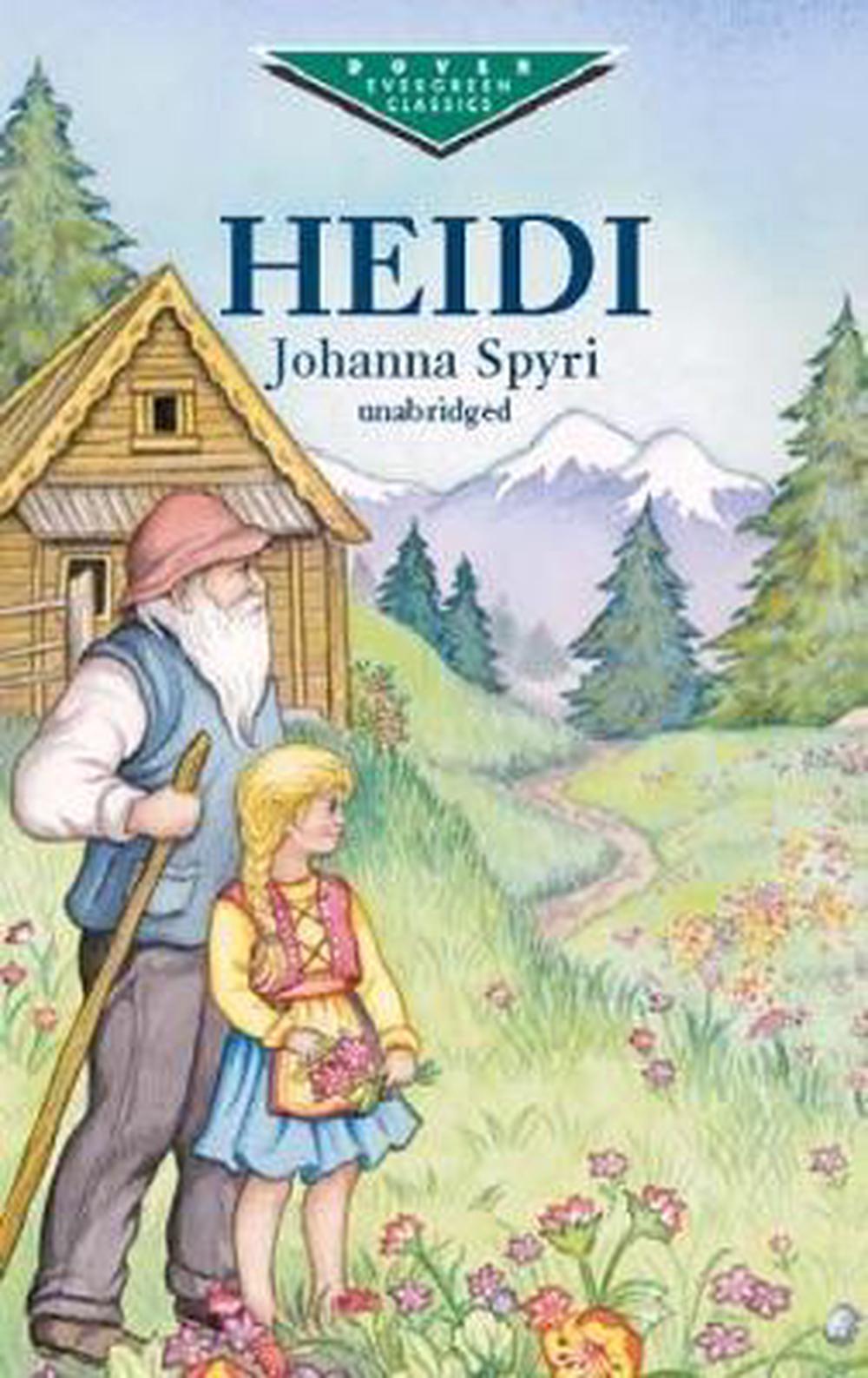


Instead, it's fragmented into chapters that are told from the varying perspectives of Rachel, Jamie (a boy who witnessed the tragedy and who may be the only remaining link between Rachel and her father), Nella (Rachel's Danish mother who doesn't know how to cope with living in a society that judges her children by their skin color), Roger (Rachel's father), and Laronne (Nella's employer who is left to clean up what's left of the family's belongings and to try to piece together the reasons why the family fell apart). The novel is not for readers who like linear narrative. As Rachel grows up, she struggles to find acceptance and belonging (looking, as most teenage girls do, in all of the wrong places), confronts being seen as a beautiful object and an exotic curiosity by the men in her life, hopes for a future that may hold more than a secretarial job and a three bedroom house, and unearths the truth about what happened on the day that she and her family fell from the sky. Her grandmother tries to reshape Rachel's past, obliterating any positive memories she may have of her white mother. Her black peers think she's an "Oreo," talking and behaving as if she were white. She's taunted for her light skin, her soft hair, and her unusual light blue eyes. Having grown up in the more racially tolerant Europe, the biracial Rachel struggles with the sudden realization that she is black-but not black enough. Feeling abandoned and alone, Rachel creates a new identity for herself and tries to cope with her increasing alienation. Her father, who serves in the military, is too grief-stricken to take care of her and instead sends her to live with her grandmother in Portland, Oregon. Set in the 1980's, the novel primarily follows the story of Rachel Morse, the only survivor of a tragic accident that claimed her mother, her brother, and her sister. However, while it's clear that Durrow was inspired by Larsen, there's never any doubt that this novel is Durrow's own. Throughout the novel, there are several nods to Larsen (the mother named Nella, the protagonist who is half black and half Danish, the exploration of racial tensions in America when compared with the more colorblind European societies, the epigraph taken from Passing). Much as Nella Larsen did in her exemplary novel Passing and the novel Quicksand, Heidi Durrow explores both interracial and intraracial racism in a compelling and unique way. It's easy to see why there's so much fuss over this novel.


 0 kommentar(er)
0 kommentar(er)
